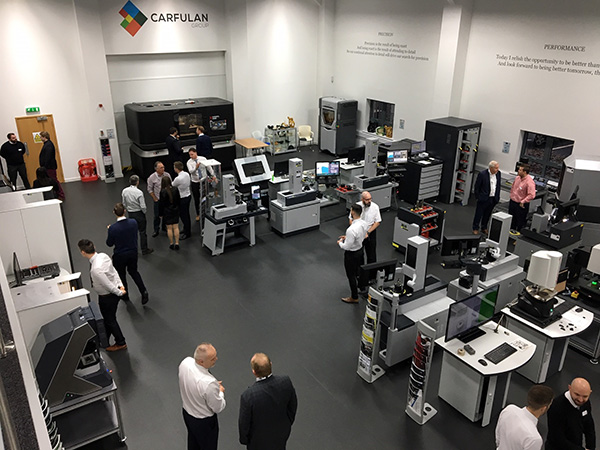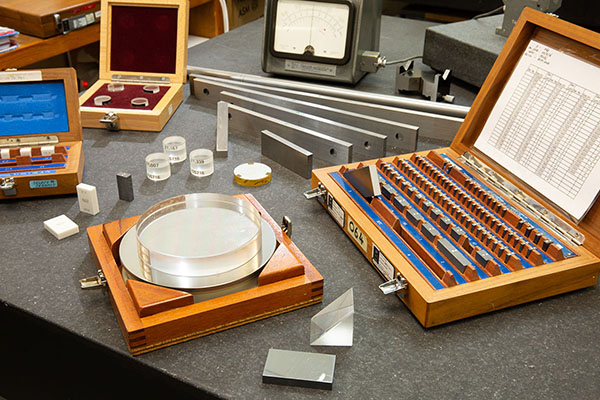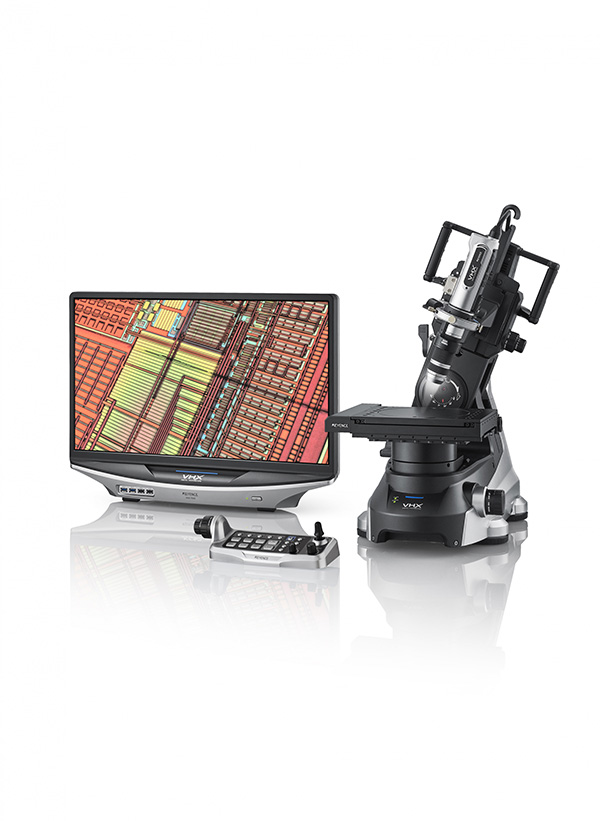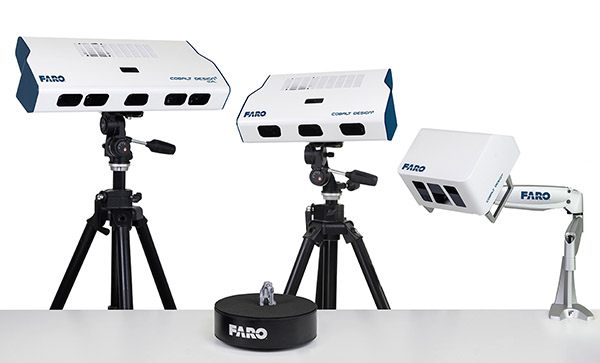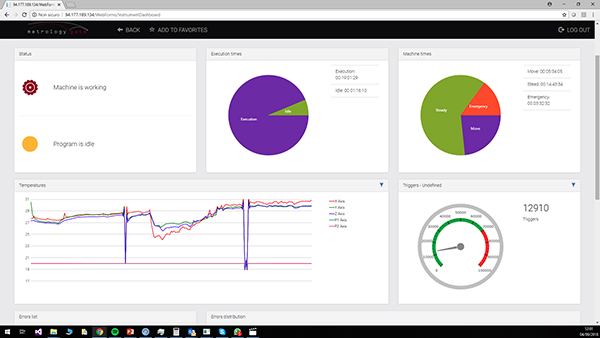The Carfulan Group has for the second year running been selected to appear in the London Stock Exchange’s ‘1,000 Companies to Inspire Britain’ report, a publication that celebrates the nation’s most outstanding SME businesses. To make the cut, companies are required to show consistent revenue growth over a minimum of three years, significantly outperforming their industry peers.

Comprising OGP UK, SYS Systems, Zoller UK and ViciVision UK, the Carfulan Group provides a range of manufacturing-related technologies and employs around 50 people, a staffing increase of 400% since 2002. With more than 1500 machine supplied to the UK market, in excess of 700 customers and a turnover approaching £15m, the group specialises in multi-sensor inspection equipment, 3D-printing technology, tool pre-setting and inspection devices, and turned-part measurement solutions.
Chris Fulton, Carfulan Group’s managing director, says: “Demand and confidence in UK manufacturing continues to grow, and our intuitive products are helping businesses to move smoothly towards Industry 4.0, a new era of interconnectivity, automation and self-monitoring that will deliver smoother processes and more productive smart factories.
“In the past 18 months we’ve redoubled our efforts to reach out to new markets at industry shows, hosted our first ever ‘pop-up’ technology event in London, achieved ISO 9001:2015 accreditation across all companies and held the inaugural ‘Manufacturing Performance Network’ at our headquarters in Foston, attracting scores of engineering professionals from across the UK,” he adds.
David Schwimmer, CEO at London Stock Exchange Group, says: “SMEs drive growth, innovation and job creation, and are the lifeblood of the British economy. We believe that supporting the growth of these businesses is critical to the UK economy and the creation of a society that works for everyone.”
For further information www.carfulan.com






